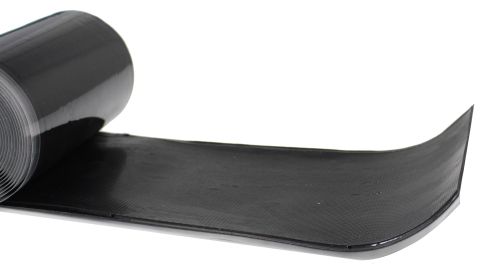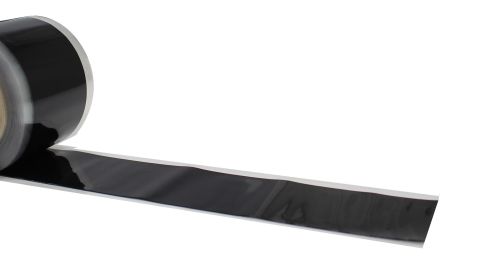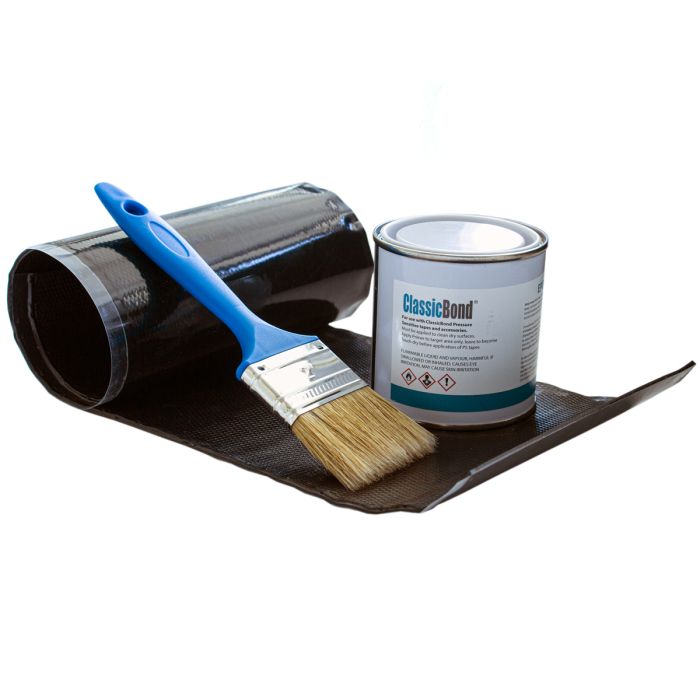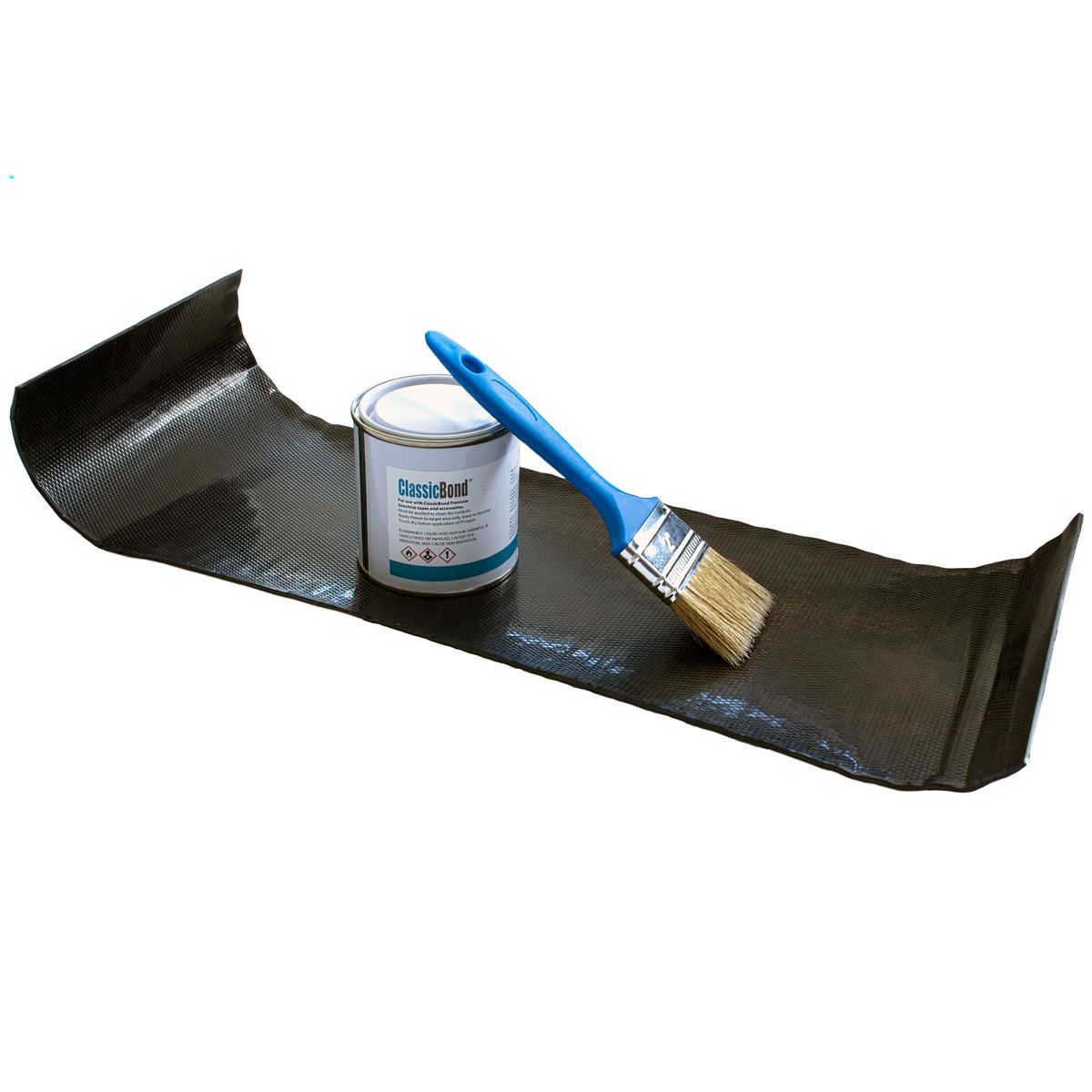EPDM Roof Repair Kit
Used For: Used to repair punctures and damage to EPDM rubber roof Membranes
Kit Includes:
0.5m of 6 inch Cover Tape
1x 250ml EPDM Primer
1x Brush to apply primer
Installation Notes:
- Clean area around the damage with either EPDM cleaner or soapy water
- Loose lay the patch over the area to be repaired and using a marker create an outline on the membrane
- Apply Primer to this marked out area and allow to dry (5-10 mins depending on ambient temperature)
- Remove plastic and apply patch to primed area (Shiny side down)
- Use seam roller to apply pressure to entire patch and ensure good adhesion
An Overview
| SKU | cb-repair-kit |
|---|---|
| Stock Type | Warehouse Fulfilled |
| Brand Name | ClassicBond |
| System Compatability |
|
Downloads
Documentation
Questions & Answers (3)
You might want these instead
-
 ClassicBond® 1.2mm EPDM Rubber Roof MembraneFrom: £6.49 £5.41
ClassicBond® 1.2mm EPDM Rubber Roof MembraneFrom: £6.49 £5.41 -
 9 Inch Elastoform Uncured EPDM Tape£24.42 £20.35
9 Inch Elastoform Uncured EPDM Tape£24.42 £20.35 -
 3 Inch EPDM Seam Tape£5.94 £4.95
3 Inch EPDM Seam Tape£5.94 £4.95






